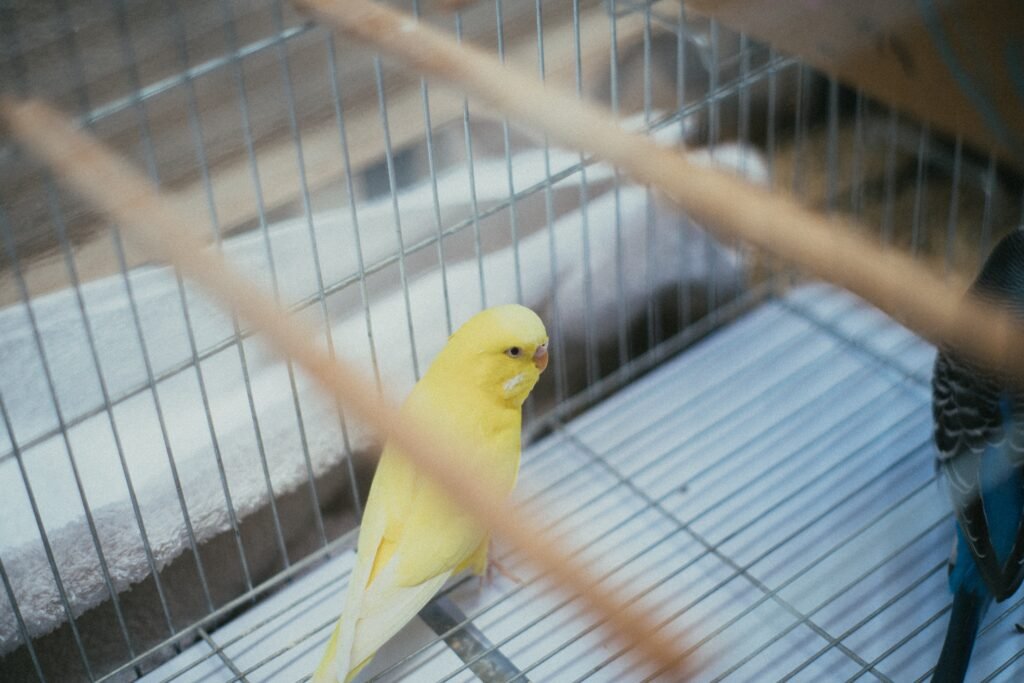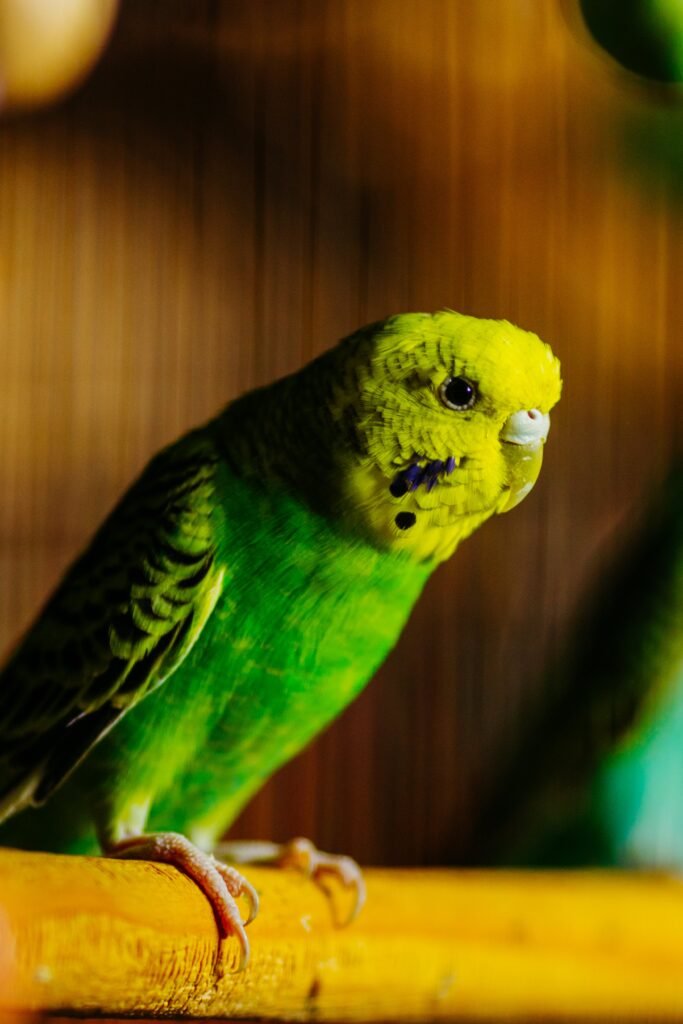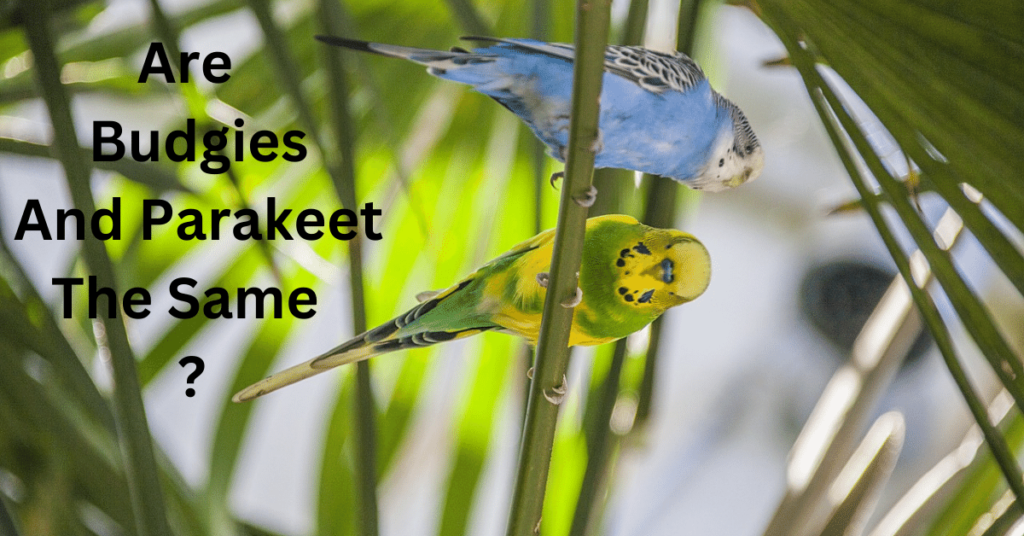
Budgies, also known as budgerigars or parakeets, are small, intelligent birds that can make wonderful companions. Training budgies to sit on your finger strengthens the bond between you and your feathered friend and provides them with mental stimulation and exercise. With patience, consistency, and positive reinforcement, you can successfully train your budgie to perch on your finger. In this guide, we will explore the step-by-step process for training your budgie to sit on your finger.
Understanding Budgie Behavior and Body Language
Before we dive into the training process, it’s important to understand Maggie’s behavior and body language. This knowledge will help you gauge your budgie’s comfort level and adjust your training techniques accordingly. Here are some key points to keep in mind:
- Body Language: Budgies communicate through body language. Pay attention to their posture, feather position, eye dilation, and vocalizations to understand their mood and level of comfort. For example, a relaxed budgie with smooth feathers and a slightly raised crest may chirp softly. On the other hand, a stressed or scared budgie may have fluffed feathers, a flattened crest, and dilated pupils and may try to hide in the corner of the cage. Observing their body language lets you determine if your budgie is ready for training or needs more time to feel comfortable.
- Trust Building: Budgies are naturally cautious creatures. Spend time near their cage, talking to them softly and offering treats to gradually build trust. This step is crucial before moving on to finger training. Start by sitting near their cage and speaking calmly and soothingly. Avoid making sudden movements or loud noises that could startle them. As your budgie becomes more comfortable with your presence, you can start offering treats through the cage bars using your fingers. This will help them associate your hand with positive experiences and create a bond of trust.
- Timing: Choose a time when your budgie is relaxed and not preoccupied with activities like eating or playing. Mornings or early evenings are often the best times to initiate training sessions, as budgies are generally more alert and receptive during these times. Avoid training sessions right after eating or when tired, as they may need more motivation to engage in training activities.
- Patience: Each budgie is unique, and each bird’s training process may differ. Be patient; it may take days or weeks for your budgie to feel comfortable enough to perch on your finger. Building trust and establishing a positive association with your hand takes time. Avoid rushing the training process and allow your budgie to progress at their own pace. Celebrate small achievements and always end each training session positively, even if your budgie hasn’t mastered the desired behavior yet.
Preparation for Training
Before you begin training your budgie, make sure you have the following items ready:
- A spacious and secure cage: Your budgie should have enough space to move around comfortably. Make sure the cage is clean and free from hazards. Provide perches of various thicknesses to help your budgie develop foot strength and balance. Opt for natural materials like wood or rope, which provide a better grip for your budgie’s feet.
- Healthy treats: Small pieces of fruits, vegetables, or millet spray can serve as positive reinforcements during training. Choose safe treats for budgies and avoid anything toxic or harmful to them. Remember to offer treats in moderation to maintain a balanced diet for your budgie.
- A quiet and calm environment: Minimize loud or sudden movements during training sessions. Choose a quiet room to focus on the training process without interruptions. Close windows and doors to minimize outside noises and ensure a calm atmosphere. This will help your budgie stay focused and reduce potential stress or anxiety during training.
Step-by-Step Budgies Training Process
Step 1: Hand Familiarization
Start by making your budgie comfortable with your hand near their cage. Place your hand on the outside of the cage near their favorite perch without making any sudden movements. Talk to your budgie softly and offer treats through the cage bars with your fingers. This process will help your budgie associate your hand with positive experiences. You can also offer a treat on an open palm, allowing your budgie to approach and take it at their own pace. Repeat this process several times daily until your budgie becomes comfortable with your hand’s presence.
Step 2: Target Training
Target training involves teaching your budgie to touch a designated object, such as a chopstick or a small stick. Follow these steps to start target training:
- Hold the target object (such as a chopstick) near the cage bars, close to your budgie. Make sure it is within their reach and at their eye level.
- When your budgie shows interest in the target object, gently touch it to its beak. This will help them understand that touching the object leads to a reward.
- Provide a treat immediately as a reward for touching the target object. You can use a clicker or a verbal cue like “good” or “yes” to mark the desired behavior.
- Repeat this process several times, moving the target object away from the cage bars. This will encourage your budgie to follow the object and engage in the training exercise.
- You can move on to the next step once your budgie confidently touches the target object.
Step 3: Finger Introduction
Now that your budgie is familiar with the target object, you can introduce your finger as the new target. Follow these steps:
- Place your finger near the target object, ensuring it is within your budgie’s reach. You can hold the target object with your finger or position it next to your finger.
- As your budgie moves towards the target object, slowly withdraw it and replace it with your finger. This will help your budgie associate your finger with the same positive experience with the target object.
- Allow your budgie to explore your finger with its beak. Do not make any sudden movements or force your budgie to step up. Let them investigate and get comfortable with the new target.
- Reward your budgie with a treat and praise when it shows interest in or touches your finger. Use a clicker or a verbal cue to mark the desired behavior.
- Repeat this process multiple times per session, gradually increasing the duration of finger contact. You can start by offering treats on your finger and encouraging your budgie to perch for a few seconds before giving the treat. With each session, aim to increase the duration of perching until your budgie is comfortable sitting on your finger.
Step 4: Stepping Up
The next step is to teach your budgie to step up onto your finger. Follow these guidelines:
- Place your finger below your budgie’s chest, gently touching its lower abdomen. This will encourage them to step up onto your finger.
- Gently apply upward pressure while saying the command “Step up” calmly and encouragingly. This verbal cue will help your budgie understand the desired behavior.
- Your budgie may initially resist or hesitate, but avoid applying force or startling it. Be patient and persistent, using positive reinforcement to encourage the desired behavior.
- Once your budgie steps up onto your finger, reward it with a treat and praise. Repeat this process frequently, gradually reducing the upward pressure your finger applies. The goal is for your budgie to step up willingly without pressure or assistance.
- Practice step-up training in short sessions several times daily until your budgie becomes comfortable with the command. Gradually increase the complexity of the training exercises by introducing different perching surfaces or asking your budgie to step up from various heights.
Step 5: Encouraging Perching
You can encourage longer perching periods as your budgie becomes more comfortable with stepping up. Follow these steps:
- Increase the duration your budgie spends on your finger gradually, rewarding it with treats and praise. Start with short perching periods and gradually extend the time as your budgie becomes more confident and relaxed.
- Provide a comfortable resting spot on your finger by adjusting your hand position or gently tilting it. Your budgie should feel secure and balanced while perching.
- Avoid sudden movements or loud noises that could startle your budgie. Create a calm and quiet environment during perching sessions to help your budgie feel safe and relaxed.
- Gradually increase the distance you move with your budgie perched on your finger, ensuring a secure grip. This will help your budgie build confidence and trust in your ability to keep them safe during movement.
- With time and practice, your budgie will become more confident and comfortable with perching on your finger. Remember to always reward their efforts with treats and praise, reinforcing the positive experience of perching on your finger.
Final Thoughts
Training your budgie to sit on your finger requires patience, consistency, and understanding of their behavior. Remember to respect your budgie’s limitations and never force them to do something they are uncomfortable with. Each budgie is unique and may progress at its own pace. With time and positive reinforcement, you will develop a strong bond with your budgie and enjoy the experience of having a finger-trained feathered friend. Happy training!
FAQ
1. How can I tell if my budgie is ready for training?
Observe their body language to determine if your budgie is ready for training. Look for signs of relaxation, such as smooth feathers, a slightly raised crest, and soft chirping. If your budgie appears stressed or scared with fluffed feathers, a flattened crest, dilated pupils, and attempts to hide, they may need more time to feel comfortable.
2. How should I build trust with my budgie before finger training?
Building trust with your budgie is essential before starting finger training. Spend time near their cage, speaking softly and offering treats. Avoid sudden movements or loud noises that could startle them. As your budgie becomes more comfortable, offer treats through the cage bars using your fingers to create a positive association with your hand.
3. When is the best time to initiate training sessions with my budgie?
The best time to initiate training sessions is when your budgie is relaxed and not preoccupied with activities like eating or playing. Mornings or early evenings are generally ideal, as budgies are more alert and receptive during these times. Avoid training sessions right after eating or when tired, as they may need more motivation to engage in training activities.
4. How long does training a budgie to perch on your finger take?
The training process can vary for each budgie, and it may take days or weeks for them to feel comfortable perching on your finger. Being patient and allowing your budgie to progress at their own pace is important. Celebrate small achievements and always end each training session positively, even if your budgie hasn’t mastered the desired behavior yet.




